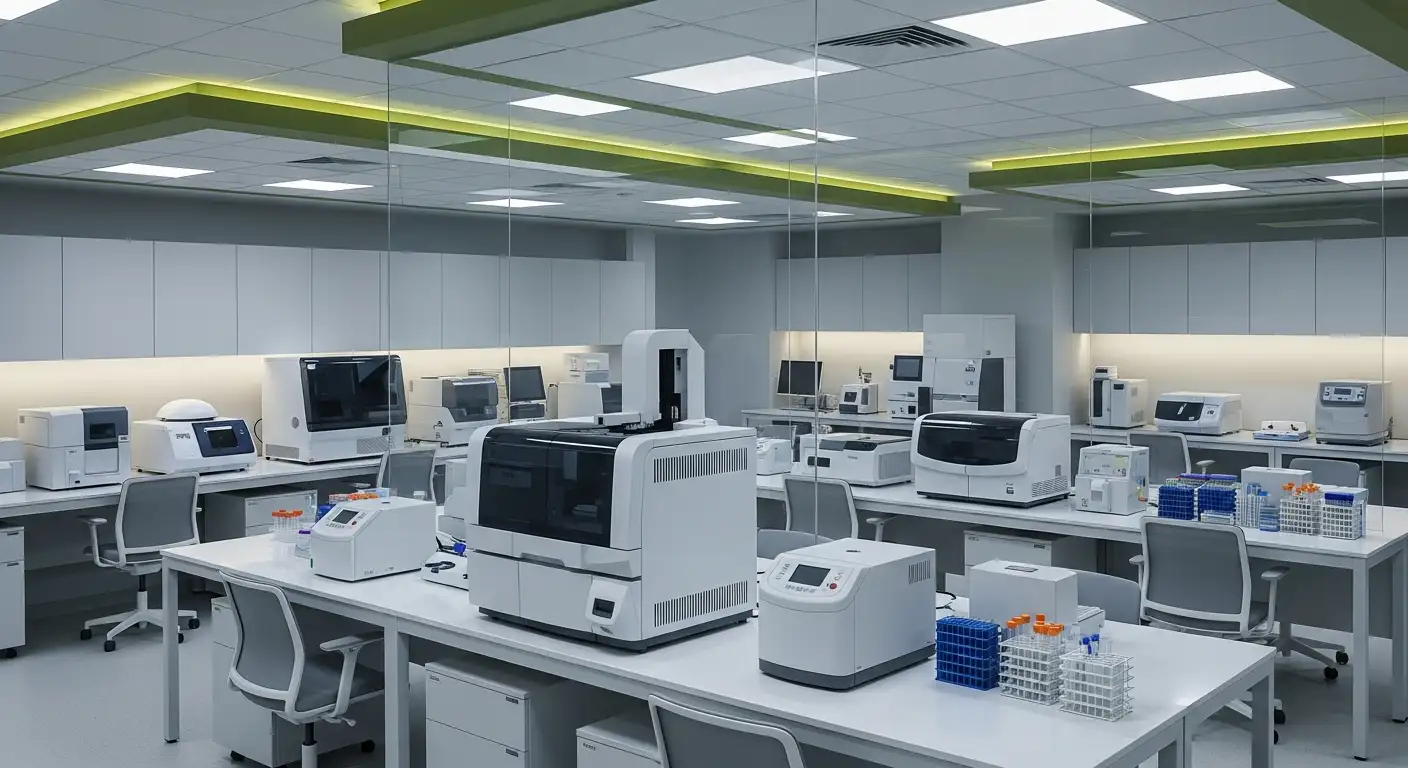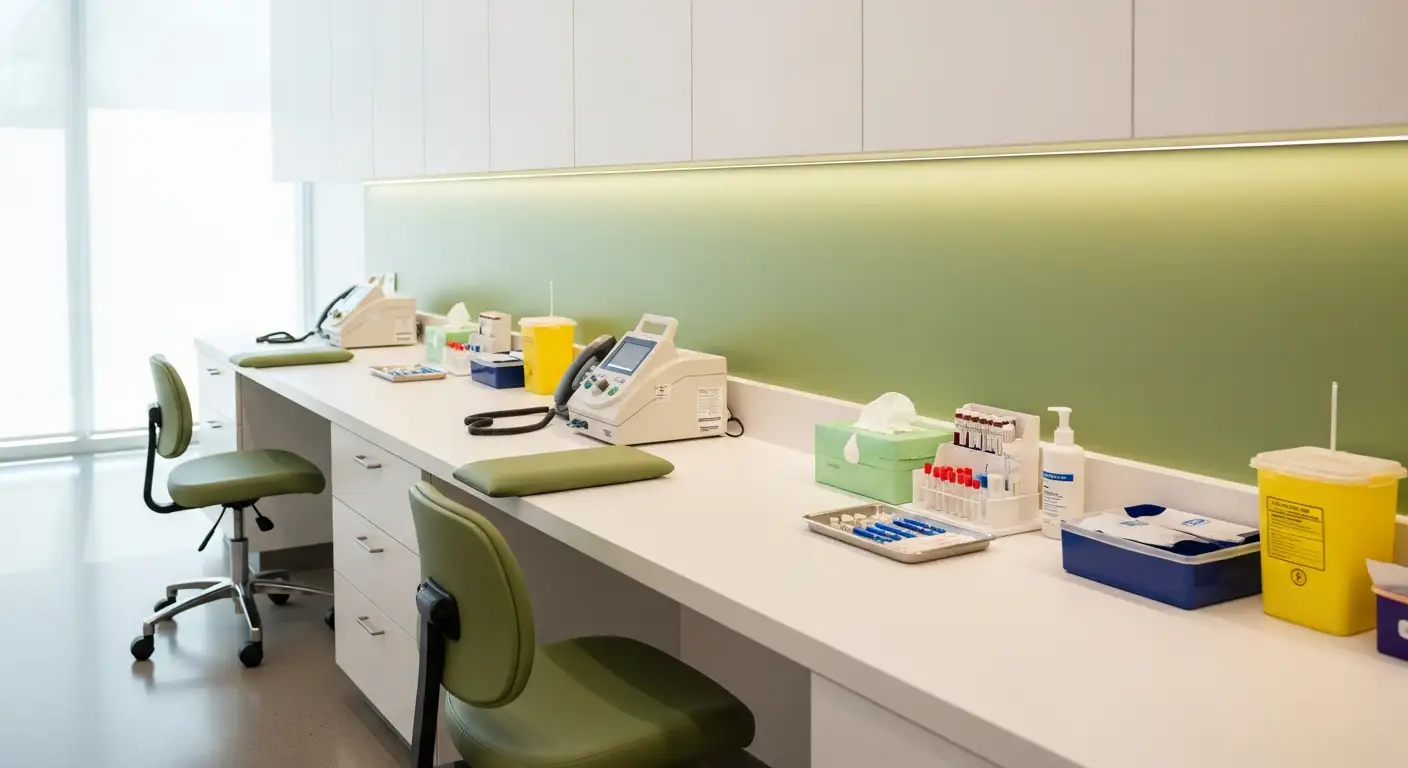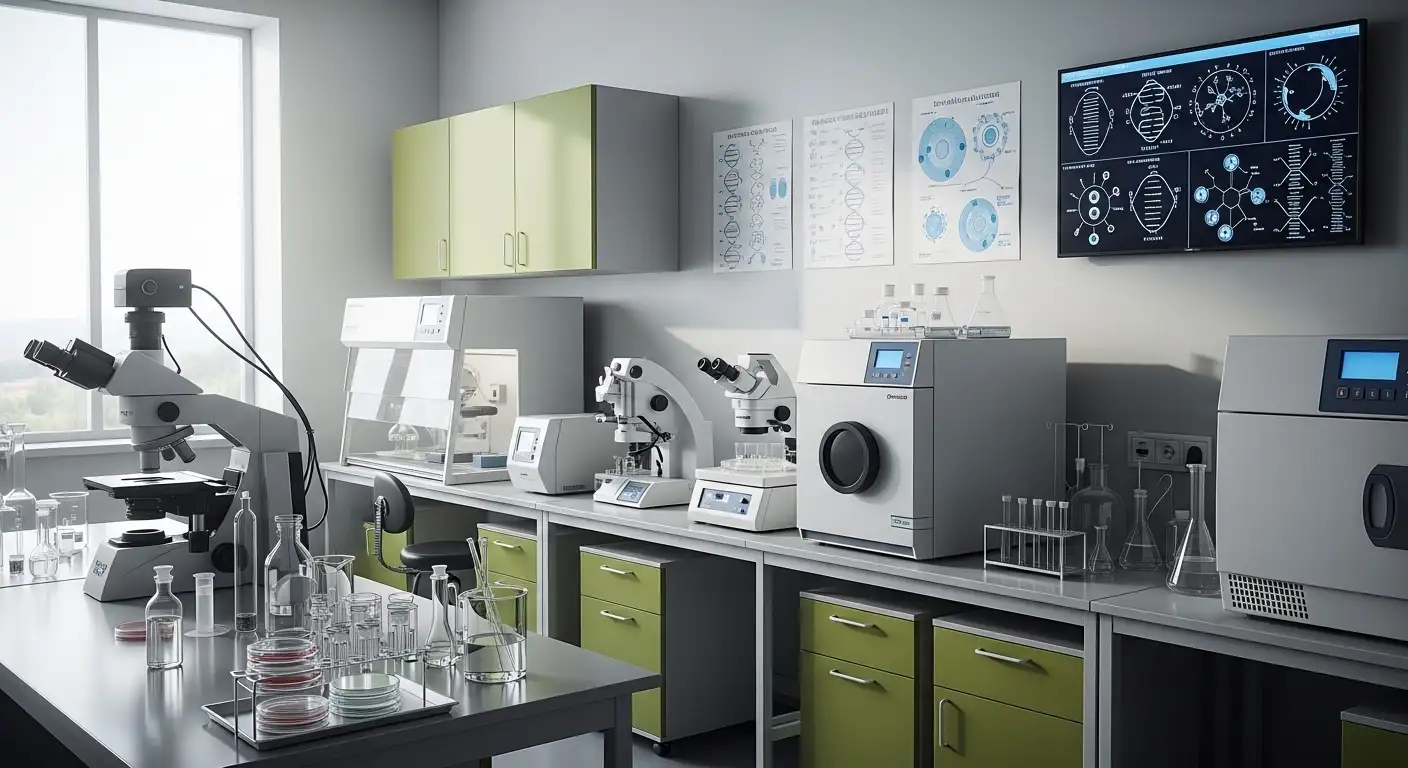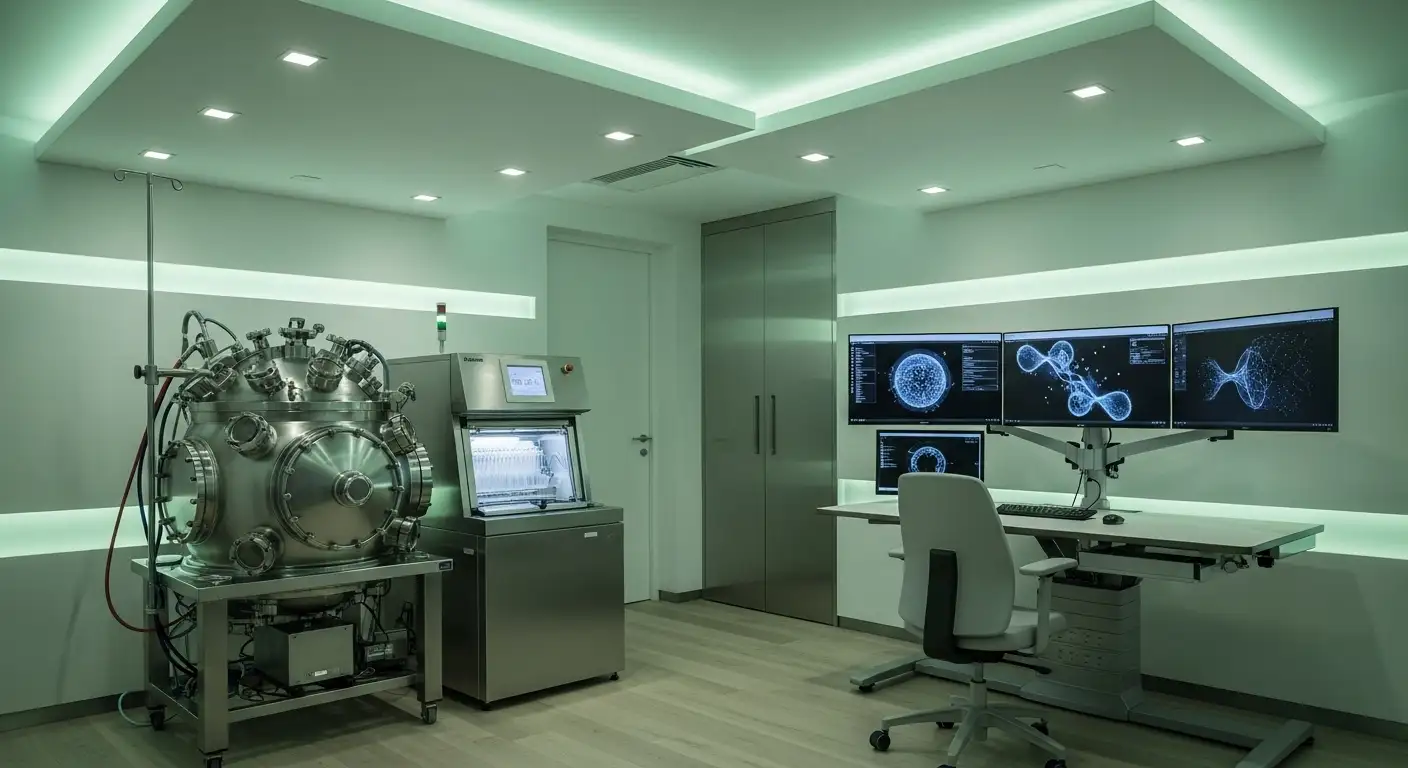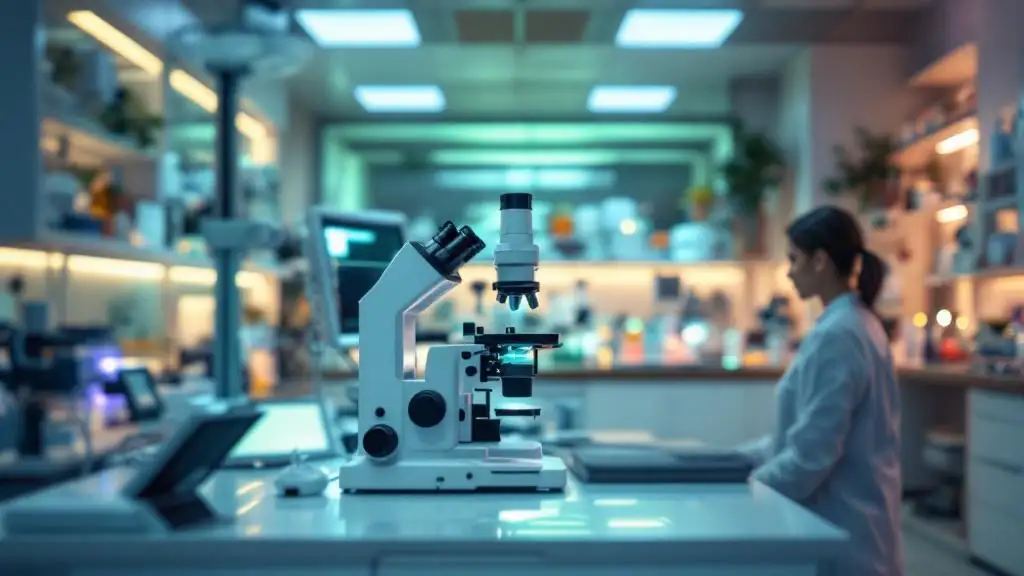How male partners can prepare for a semen analysis
Essential Guide for Men: Preparing for Your Semen Analysis
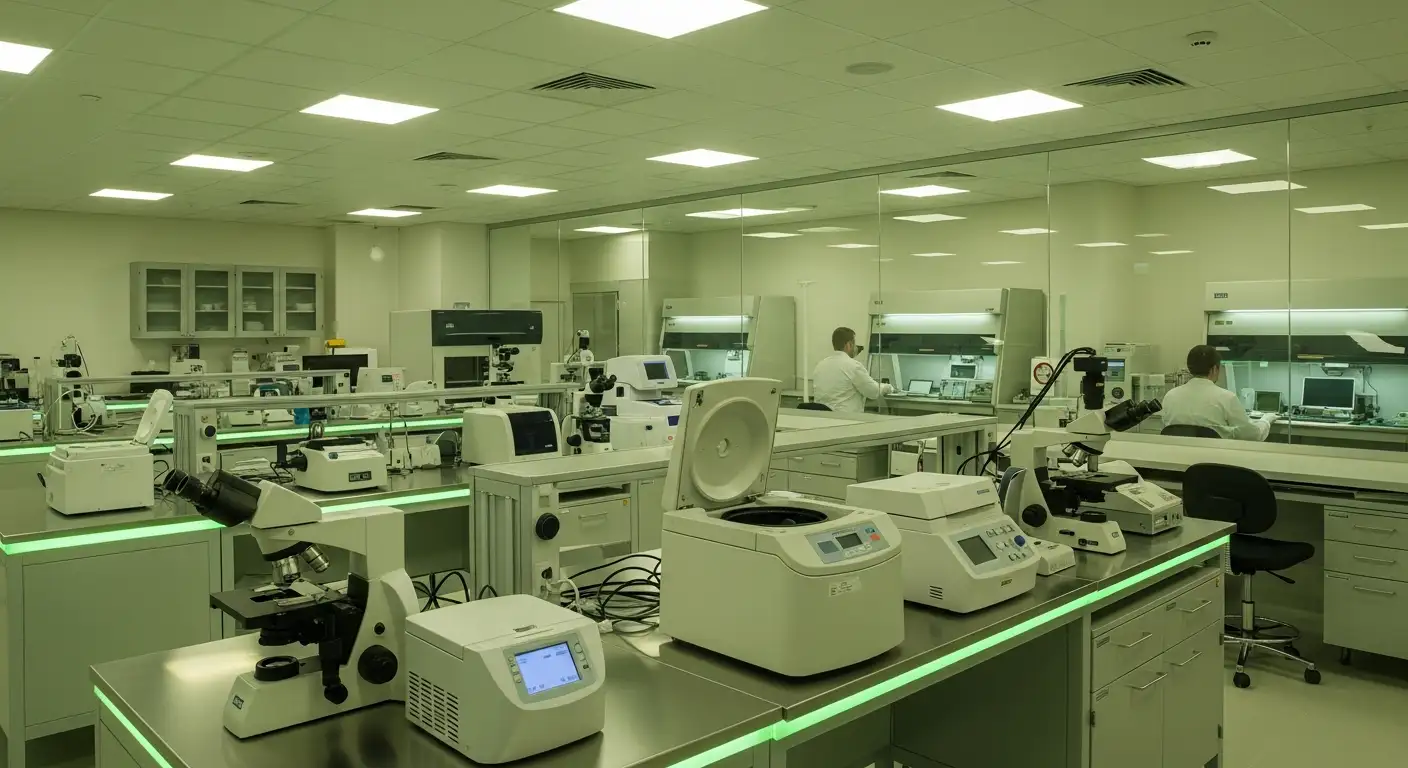
Understanding the Importance of Semen Analysis
Semen analysis is a fundamental diagnostic test used to assess male fertility and reproductive health. It provides detailed insights into key semen and sperm parameters such as count, motility, morphology, and volume, which are critical in identifying potential causes of infertility or confirming successful vasectomy. For male partners undergoing this test, proper preparation is vital to ensure accurate and meaningful results. This article explores how men can effectively prepare for a semen analysis, the key factors involved, and what to expect from the procedure and its outcomes.
What Is a Semen Analysis and Why Is It Important?

Purpose of Semen Analysis in Fertility Evaluation and Post-Vasectomy Confirmation
A semen analysis is a laboratory test that evaluates male fertility by examining the health and characteristics of semen and sperm. It is commonly used when couples face difficulty conceiving and when assessing the success of a vasectomy. Since male factors contribute to up to 50% of infertility cases, this test provides vital information about a man's reproductive potential.
Parameters Measured
Semen analysis assesses multiple aspects, including:
- Sperm Count: The concentration of sperm per milliliter, with normal values typically above 15 million/mL.
- Motility: The ability of sperm to move efficiently; ideally, 40% or more of sperm should be motile.
- Morphology: The shape and structure of sperm, with normal forms ranging from 4% to 48%.
- Semen Volume: Normal ejaculated volume ranges from 1.5 to 7.6 mL.
- pH Level: Usually between 7.2 and 8.0, indicating the semen’s acidity or alkalinity.
- Vitality: Reflects the percentage of live sperm, typically between 54% and 97%.
- White Blood Cell Count: Detects infection or inflammation.
- Liquefaction Time: The time it takes semen to liquefy after ejaculation, important for sperm mobility.
Interpreting Normal vs. Abnormal Results
Normal parameters are based on World Health Organization guidelines and help confirm healthy sperm and semen function. Abnormal findings—such as low sperm count, poor motility, abnormal morphology, low semen volume, or unusual pH—may reduce the chances of conception. Abnormal results often warrant further testing or interventions, including hormone evaluations and imaging studies. For example, a sperm count under 15 million/mL is considered low, and less than 40% motility suggests movement issues.
Role in Diagnosing Male Infertility and Guiding Treatment
A semen analysis serves as the starting point in diagnosing male infertility. Its results inform healthcare providers about possible underlying causes such as infections, hormonal imbalances, or structural problems like varicocele. Depending on findings, treatments may range from lifestyle changes and medication to surgical options or assisted reproductive technologies like IVF. For men undergoing vasectomy, semen analysis confirms the absence of sperm and the success of the procedure.
Factors Influencing Fertility: Various internal and external factors affect fertility, including age, health conditions, hormone levels, lifestyle choices like smoking or alcohol use, and environmental exposures. Thus, semen analysis results are interpreted alongside these considerations for a comprehensive fertility assessment.
Key Preparations Before a Semen Analysis

Recommended Abstinence Period Before Collection
One crucial preparation step for semen analysis is abstaining from ejaculation for 2 to 5 days before providing a sample. This period helps ensure an adequate sperm count and more reliable test results. Clinics typically recommend 3 to 4 days abstinence for optimal accuracy.
Lifestyle Considerations: Avoiding Substances and Heat
Before the test, individuals should avoid alcohol, tobacco, caffeine, recreational drugs, and excessive heat exposure such as hot tubs or saunas. These factors can adversely affect sperm quality—including sperm count and motility—and lead to misleading results.
Disclosing Medications and Supplements
Patients must inform their healthcare provider about all medications and dietary supplements they are currently taking. Certain drugs or herbal supplements might interfere with sperm production or analysis.
Hygienic Collection Methods and Avoidance of Lubricants
The semen must be collected hygienically, preferably by masturbation into a sterile container provided by the clinic. Use of lubricants, lotions, or any foreign substances during collection should be avoided as they can affect sperm viability and test accuracy.
Advantages of Clinic vs At-Home Collection and Sample Timing
Samples can be collected either at the clinic or at home. Collecting at the clinic may ensure proper conditions and immediate sample handling, reducing the risk of degradation. If collected at home, the sample must be transported to the clinic within one hour while maintaining room temperature to preserve sample integrity.
How Can Individuals or Couples Prepare for Fertility Treatments to Improve Their Success Rates?
To enhance success with fertility treatments, adopting a healthy lifestyle is essential. Maintaining a balanced diet, a healthy weight, and taking prenatal vitamins support reproductive health. Pre-treatment evaluations, including semen analysis, help identify issues such as low sperm count or infections. Stress management techniques like yoga and acupuncture can improve outcomes. Following medical advice on medications and hormonal treatments optimizes egg and sperm quality. Additionally, understanding the treatment process and joining support groups reduce anxiety and prepare couples mentally and emotionally.
| Preparation Step | Purpose | Additional Notes |
|---|---|---|
| Abstain from ejaculation for 2-5 days | Ensure optimal sperm count and sample quality | Recommended 3-4 days abstinence for accuracy |
| Avoid alcohol, tobacco, caffeine, drugs | Prevent negative impact on sperm quality | Avoid for several days before collection |
| Disclose all medications and supplements | Recognize factors affecting sperm production | Includes prescription, over-the-counter, and herbal |
| Collect sample hygienically without lubricants | Maintain sample integrity and prevent contamination | Use sterile containers supplied by the clinic |
| Deliver sample within one hour after collection | Preserve sperm viability and reliable analysis | Keep sample at room temperature during transport |
| Choose collection location accordingly | Clinic collection ensures better control | Home collection offers convenience but requires careful handling |
The Semen Collection Process: What to Expect

Methods of Semen Collection
Semen samples for analysis are typically collected through masturbation into a sterile container provided by the clinic. Alternatively, collection can be done during intercourse using a special condom designed to retain the semen. Both methods are effective, but masturbation into a sterile container is most common and preferred for accuracy.
Importance of Timely Sample Delivery
Once collected, the semen sample must be delivered to the laboratory within 30 to 60 minutes, with an ideal window of up to one hour. Timely delivery is critical to preserve the sample's integrity and to ensure accurate testing results.
Handling and Storage Conditions
During transportation, it is important to keep the semen sample at room temperature and avoid exposure to extreme heat or cold. Proper handling maintains sperm vitality and prevents damage that could affect parameters like motility and morphology.
Safety and Non-invasive Nature
The semen collection procedure is entirely non-invasive and painless. There are no known risks associated with providing a semen sample, making the process simple and safe for patients.
Special Considerations for Retrograde Ejaculation
In cases where retrograde ejaculation (where semen enters the bladder) is suspected—often caused by conditions like diabetes or certain medications—the collection process may involve on-site testing to diagnose this condition. Additionally, medications such as Sudafed or baking soda may be used to help recover semen samples for analysis or fertility treatments.
This straightforward process ensures reliable semen analysis results, aiding in thorough evaluation for male fertility or confirming vasectomy success.
Interpreting the Results and Next Steps

Understanding Normal Values for Semen Analysis
A semen analysis evaluates several important parameters to assess male fertility. Normal values typically include:
- Semen volume: 1.5 to 7.6 mL
- Sperm concentration: 15 to 259 million sperm per mL
- Motility: 40% to 81% of sperm should be actively moving
- Morphology: 4% to 48% normal sperm shape
- pH level: 7.2 to 8.0
- Vitality: 54% to 97% live sperm
These values serve as a baseline for what is considered fertile, but they can vary depending on laboratory methods and individual factors.
Significance of Abnormal Findings
Abnormal semen analysis results may include low sperm count, poor motility, abnormal morphology, low semen volume, or abnormal pH. These findings can reduce the chances of conception and point toward underlying issues such as infections, hormonal imbalances, structural problems, or genetic conditions. For example, a sperm count below 15 million/mL or motility under 40% can indicate reduced fertility.
Confirmation Through Multiple Tests
Because semen quality can fluctuate, physicians often recommend performing at least two or three semen analyses spaced weeks apart to confirm findings and rule out temporary factors affecting the results.
Additional Diagnostic Options
If semen analysis results are abnormal, further testing may be warranted, including:
- Hormone blood tests: Measuring FSH, LH, testosterone, prolactin, and estradiol to assess endocrine function.
- Genetic testing: To detect chromosomal abnormalities or mutations such as Klinefelter syndrome or Y chromosome deletions.
- Imaging studies: Ultrasound or MRI to evaluate anatomical issues like varicocele or blockages.
- MAR test: To detect anti-sperm antibodies that can impair fertility.
Role of Semen Analysis in Treatment Planning
Semen analysis results guide the clinical approach to improving fertility. Treatments might involve lifestyle modifications, hormone therapy, surgical repair of abnormalities, or assisted reproductive techniques like intrauterine insemination (IUI) or in vitro fertilization (IVF). When necessary, medical interventions such as fertility medications (e.g., clomiphene citrate or gonadotropins) may be prescribed to enhance sperm production and function.
By identifying specific deficits in semen quality, the analysis provides essential information to tailor individualized treatment plans and improve reproductive outcomes.
The Role of Lifestyle and Medical History in Test Preparation

How Do Lifestyle Factors Affect Sperm Quality?
Lifestyle choices significantly influence sperm quality and overall male fertility. Smoking introduces toxins that reduce sperm count and motility. Excessive alcohol consumption can cause hormonal imbalances that impair sperm production. High caffeine intake and recreational drug use may also negatively impact sperm morphology and vitality. Additionally, exposure to environmental toxins and heat (such as from hot tubs or tight clothing) can lower semen quality.
Why Inform Healthcare Providers About Medical History?
It's crucial to communicate previous surgeries, infections, and all current medications or supplements to healthcare providers before a semen analysis. Past infections like mumps orchitis or structural abnormalities such as varicocele may affect sperm parameters. Certain medications—including some antihypertensives, antidepressants, and chemotherapy drugs—can impair sperm production or function. Accurate medical history helps in interpreting test results and tailoring further evaluations or treatments.
How Do Hormonal and Genetic Factors Influence Semen Quality?
Hormonal imbalances involving testosterone, follicle-stimulating hormone (FSH), and luteinizing hormone (LH) can alter sperm production, leading to reduced count or motility. Genetic conditions, like Klinefelter syndrome or Y chromosome microdeletions, may cause abnormal sperm development or low sperm numbers. Identification via hormone blood tests and genetic screening is essential for diagnosing underlying causes of male infertility.
What Lifestyle Modifications Are Recommended?
To enhance fertility outcomes, men are advised to quit smoking, limit alcohol intake, reduce caffeine consumption, and avoid recreational drugs. Maintaining a healthy weight through balanced nutrition and regular exercise supports hormone balance and sperm production. Avoiding prolonged heat exposure and environmental toxins also benefits semen quality. These changes, alongside medical treatment, improve the chances of conception.
Why Is a Comprehensive Evaluation Important?
An effective fertility assessment includes a detailed medical history review to identify risk factors and existing conditions that affect semen parameters. Coupled with semen analysis and hormone testing, this approach helps pinpoint causes of infertility and guides individualized treatment plans. This comprehensive evaluation thus increases the likelihood of successful conception.
Understanding the Connection Between Semen Analysis and Fertility Treatments

How do assisted reproductive technologies (ART) work?
Assisted reproductive technologies (ART) such as in vitro fertilization (IVF) and intrauterine insemination (IUI) are crucial fertility treatments that depend heavily on semen analysis results. Semen analysis provides detailed insights into sperm count, motility, morphology, and other parameters essential in deciding which ART method to pursue.
IVF involves retrieving eggs and fertilizing them with sperm outside the body, often using intracytoplasmic sperm injection (ICSI) when sperm quality is low. IUI involves placing washed sperm directly into the uterus to improve the chances of fertilization. Semen quality determined through analysis guides whether simple interventions like IUI are appropriate or if more advanced procedures such as IVF/ICSI are needed.
From semen analysis to hormone tests and genetic counseling
When semen analysis reveals abnormalities like low sperm count or poor motility, additional diagnostic steps often follow. Hormone testing evaluates levels of testosterone, follicle-stimulating hormone (FSH), and luteinizing hormone (LH), helping identify endocrine causes of infertility.
Genetic counseling and testing may be recommended if semen parameters suggest chromosomal issues or genetic syndromes, such as Klinefelter syndrome or Y chromosome microdeletions. This comprehensive diagnostic pathway ensures treatments are tailored to the underlying cause.
What risks and benefits should be considered?
Fertility treatments offer the hope of conception for many couples, especially when semen analysis indicates male factor infertility. Benefits include overcoming challenges like low sperm count or abnormal morphology, and the ability to plan pregnancies effectively.
However, treatments carry risks such as multiple pregnancies, which increase chances of preterm birth, and ovarian hyperstimulation syndrome (in women undergoing IVF). Emotional and financial stresses are additional considerations. Thorough discussions with healthcare professionals help balance these risks with potential benefits.
Preparing mentally and physically for fertility intervention
Preparation involves both physical and emotional readiness. Physically, semen analysis requires abstaining from ejaculation for 2 to 5 days and avoiding alcohol, tobacco, and certain medications before testing.
Mentally, understanding test results and treatment implications with a fertility specialist prepares individuals and couples for the emotional journey ahead. Support systems and counseling can be valuable during this process.
Why consult fertility specialists?
Specialists interpret semen analysis and related tests to develop personalized treatment plans. They consider lifestyle factors, clinical history, and diagnostic results to recommend appropriate ART or medical interventions.
By working with experienced specialists, patients ensure optimal care and increased chances of successful pregnancy while managing expectations and addressing any underlying health issues.
Final Thoughts on Preparing for Semen Analysis
Proper preparation for a semen analysis is a critical step for men involved in fertility evaluations or post-vasectomy testing. Understanding the procedure, adhering to recommended abstinence and lifestyle guidelines, and effectively communicating with healthcare providers help ensure accurate and reliable results. These results play a pivotal role in diagnosing male fertility issues and guiding targeted treatments, including assisted reproductive technologies. With informed preparation and care, male partners can maximize the value of their semen analysis and take confident steps towards achieving reproductive goals.
References
- Semen Analysis: Purpose, Procedure & Results
- Male Fertility Testing: What to Expect During a Semen ...
- Male Partner Evaluation Semen Analysis
- Semen analysis
- Semen Analysis - StatPearls - NCBI Bookshelf - NIH
- How to Prepare for a Semen Analysis and What to Expect
- Semen Analysis
- Semen Analysis
- Male Fertility Testing: What to Expect at Your Appointment
- Female infertility - Diagnosis & treatment

